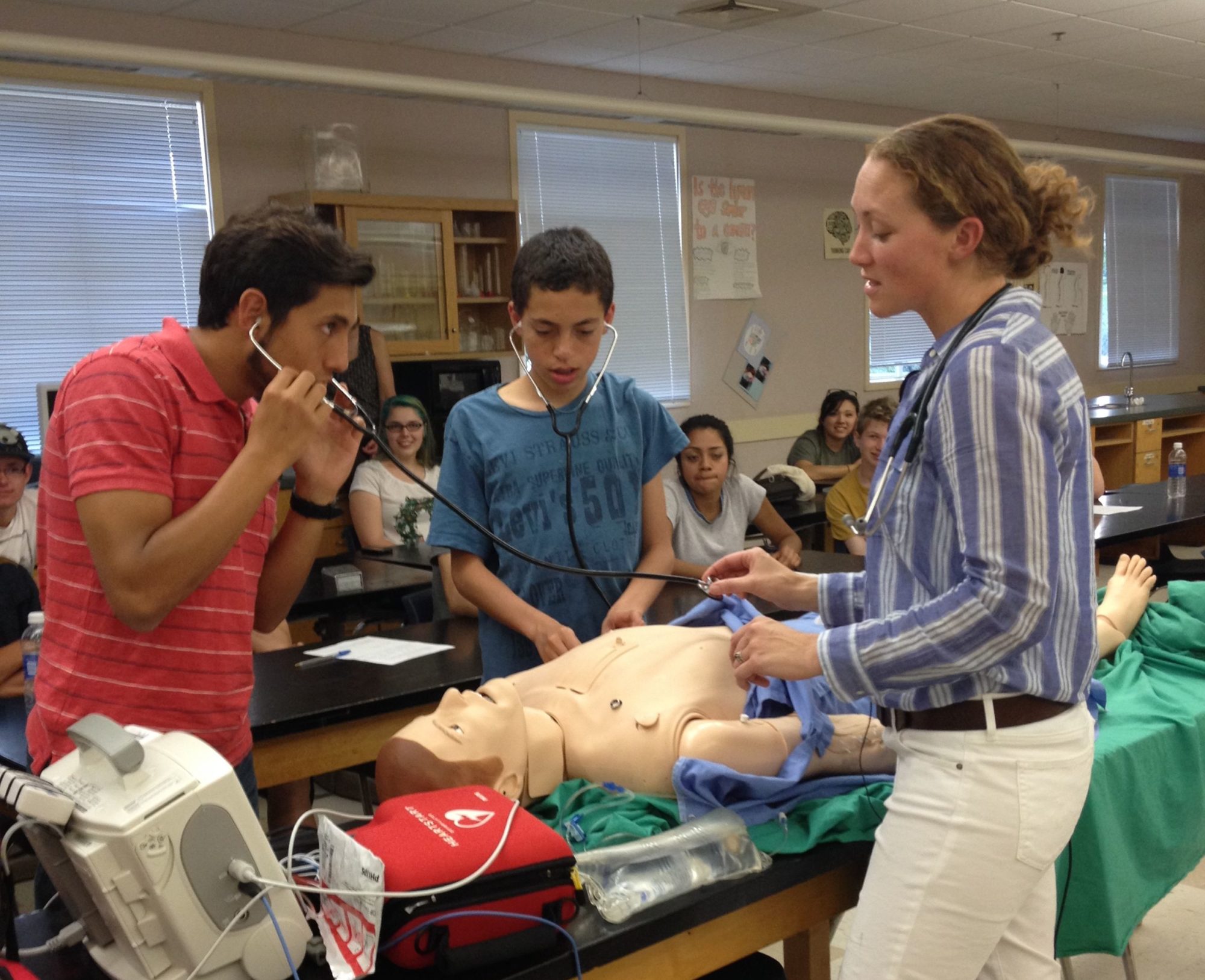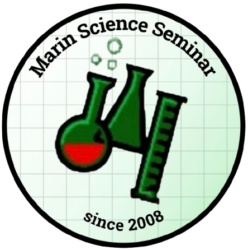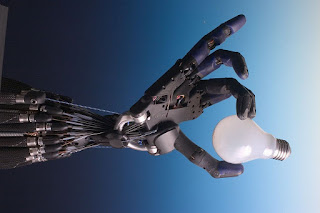By Rachael Metzger, Marin Science Seminar Intern
Richelle Tanner, a PhD Candidate in UC Berkeley’s Department of Integrative Biology, is bringing her extensive knowledge of how climate change affects neural plasticity and growth within the Eelgrass Sea Hare to Marin Science Seminar on SEPTEMBER 27th, 2017. Details here.
Richelle Tanner’s passion for the ocean and its inhabitants was sparked at a young age through growing up in the coastal city of Seattle and spending her summers in Honolulu. Tanner stated that since she was young she “always enjoyed reading books about seashells and learning about the diverse array of animals in coral reefs and tide pools.” This youthful exploration prompted her to search for a career within the area of her passion, leading to her studies in Integrative Biology. “Being a scientist, especially a field biologist, is a career of constant exploration and discovery,” she expresses, “this is why I became interested, and why I am still passionate about my work.”
Scientific research is not Tanner’s only passion. Since she was four years old, music has been an integral part of her life. She took music into college, gaining one of her undergraduate degrees in jazz studies. When asked how her two paths of studies connect she says, “Music has helped me stay creative in my ideas, develop leadership and teamwork skills, and given me an intense work ethic.” She explains how she compares her research development process to that of an improvised jazz solo. “You have a framework of what you would like to accomplish, but you have to base your future actions on what has already occurred to compose a complete story.” Tanner believes her two disciplines have led to a more well balanced approach in both fields.
As the name of this month’s seminar reveals, “Not Your Mother’s Genes: How Maternal and Developmental Plasticity Shift Climate Change Responses in the Eelgrass Sea Hare,” Tanner has chosen a very specialized area to study. The Phyllaplysia Taylori, or Eelgrass Sea Hare, is an excellent subject to study in relation to climate change. Tanner tells us more about this important creature.
“Phyllaplysia taylori, or the eelgrass sea hare, is an important grazer in the eelgrass ecosystem that is so prevalent in San Francisco Bay. Since eelgrass is really important for biological, oceanographic, and human processes, it is a natural focus when we are considering future climatic scenarios. I came to this sea hare chiefly because I have a love of all things sea slugs and nudibranchs. They are brilliantly colored, have amazing defenses, and are just plain cool by my standards. It was important for me to find a sea slug playing a large role in an ecosystem that would be impacted by climate change so I could bridge my two fields of physiology and ecology to answer some questions about how the ecosystem would be impacted by future changes. As I progressed in my work, it became clear that this sea hare is a great way to study climate change because it is tough enough to withstand some pretty extreme environmental conditions. Pushing these animals to their limits can tell us a lot about what the future holds for the ecosystem they play such a large role in. Coupled with observations of their current role, we can paint a pretty complete picture of where we are on the spectrum within their limits and inform future climatic predictions for the eelgrass ecosystem.”
As Tanner expresses above, field work is a large part of her job, and it is also her favorite. Although getting up at 3:30 am, “to put on an already-wet wetsuit to crawl through three feet of mud in the dark looking for tiny sea slugs,” might be a lot of work and something to complain about, she emphasizes that getting to travel all over the world observing animals in their natural habitats, collecting data, and bringing samples home, is well worth it. She encourages those who wish to follow in her footsteps to keep exploring different kinds of research just as she explores with field work. She has never said no to a research opportunity, she accentuates how it has greatly impacted her own work, and she urges others to do the same. Tanner also recommends getting involved with other people who appreciate and have similar interests. She drives home that “Staying excited about what you do is key to accomplishing your goals.”
Richelle Tanner is happy to answer any specific questions about how to become a scientist at: rtanner@berkeley.edu. Join us Wednesday, September 27th, 2017 at Marin Science Seminar.












